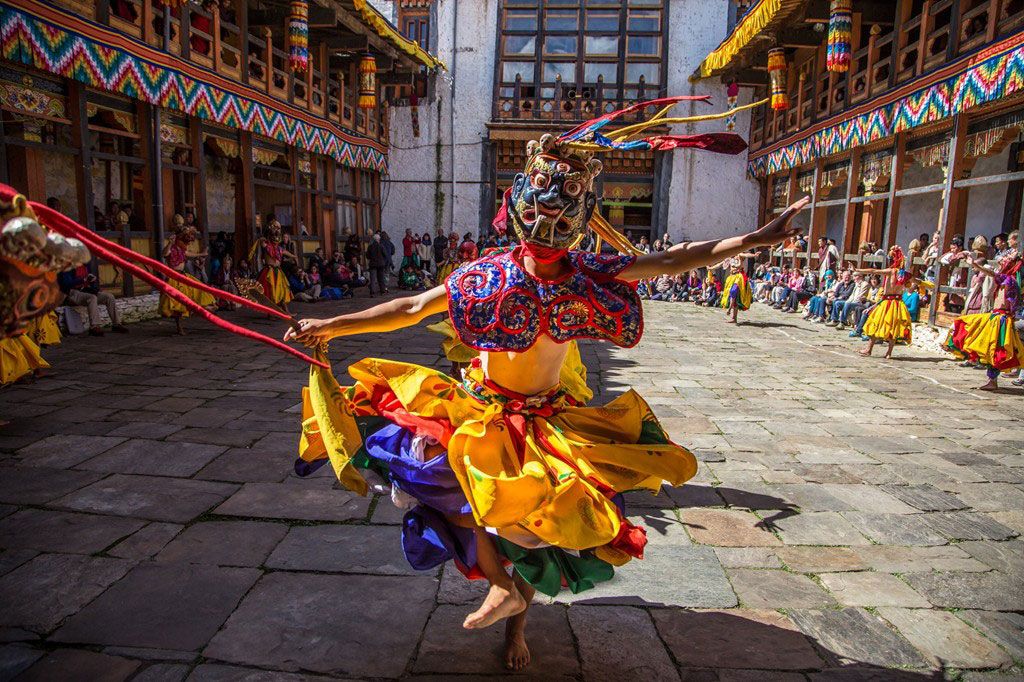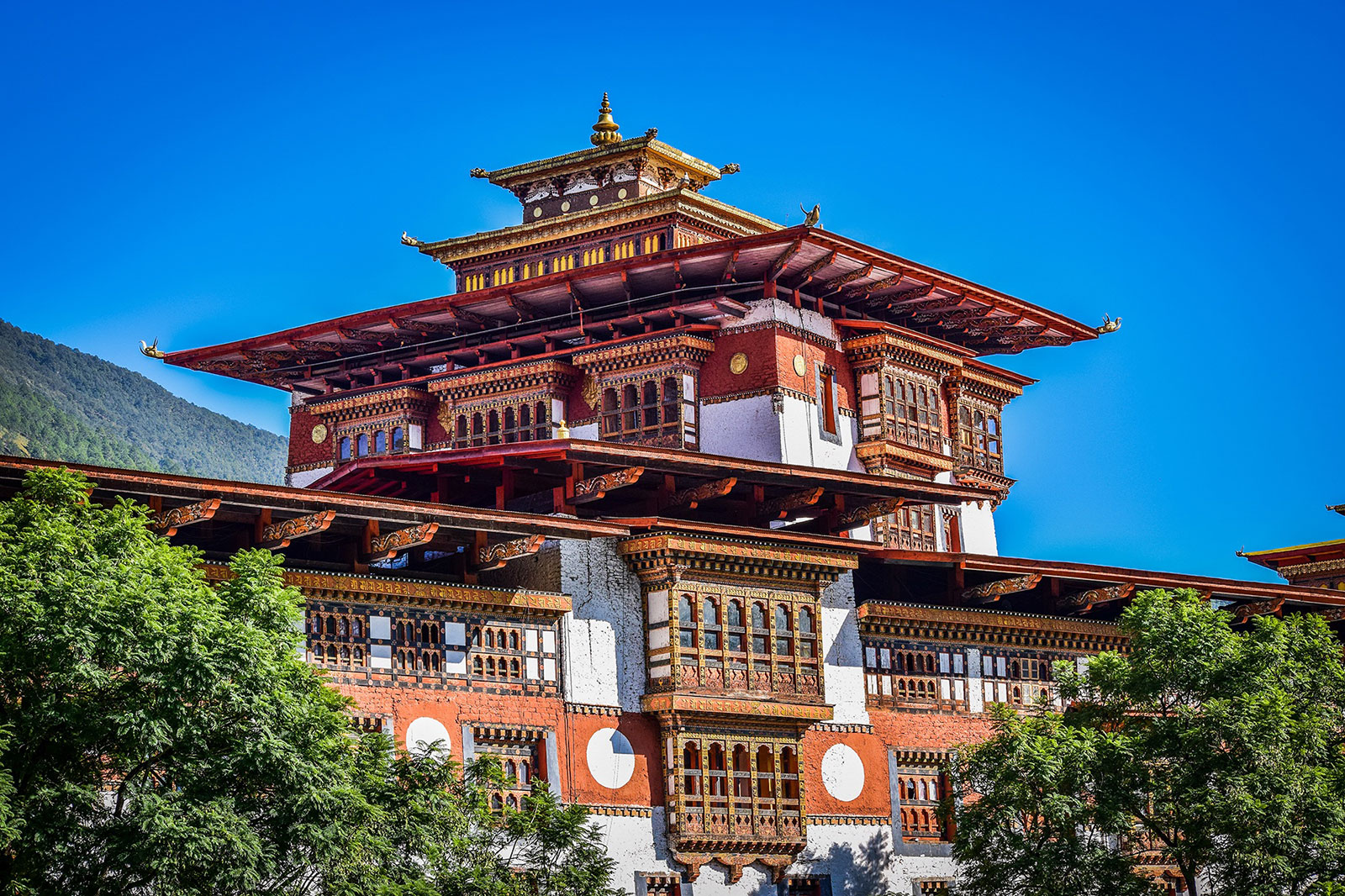The effect of the climate change has been really a concern to this world. Here in Thimphu ,Bhutan the climate has shown the monthly increase in the temperature.
Although different region and altitudes are expected to be impacted differently, Bhutan National Human Development Report 2011, stated that temperature change will likely influence overall rainfall patterns and increase droughts.
According to the projected temperature increases in the report, the climate models show a likely increase in Bhutan’s annual average temperature by 1oC from 2010 to 2039 and by 2oC from 2040 to 2069.
“These projected temperature changes vary by season. The monsoon or wet season in Bhutan is estimated a 3oC temperature increase by both climate models reported in Bhutan’s draft second national communication to the United Nations Framework Convention on Climate Change,” the report stated.
“Winter and dry season air temperature changes, however, are projected to increase at a greater magnitude between 3.5oC and 4.0oC.”
The varying temperature in the country is also vindicated by the record maintained by the meteorology section of the Hydromet Services Division in Thimphu.
The minimum and maximum monthly average temperature in 1998 for the month of January in Thimphu was -3.8oC and 16oC respectively.
Similarly for the month of July 1998, the minimum monthly average temperature was 17.1oC and the maximum monthly average temperature was 25.6oC.
But the minimum monthly average temperature increased to -2.8oC and the maximum monthly average increased to 16.5oC during January 2000.
While the minimum monthly average temperature in July 2000 was 15.6oC, the maximum monthly average temperature was 27.5oC.
The temperature shot up again in 2009.
The minimum and maximum monthly average temperature in 2009 for the month of January was -1.4oC and 23oC.
In July 2008, the minimum monthly average temperature was 16.1oC while the maximum monthly average temperature increased to 31.5oC.
As climate changes, the other changes the climate models projects is the variation in the amount and seasonality of precipitation, with wetter conditions in the warm monsoon months and slightly drier conditions in the dry winter months.
The report stated that the change in the amount and seasonality of precipitation will likely affect not only the hydropower and domestic water sector of Bhutan, but also the water used for irrigation.
According to the report, Bhutan is likely to see climate impacts channeled through changes in its glaciers, such as enlarged glacial lakes, in the timing and severity of extreme climate shocks such as flash floods and droughts, and in the availability of ecosystem resources and services.
“One most visible impacts of climate change in Bhutan would be the retreat of glaciers, many at higher rates of reduction than glaciers in other mountain ranges.”
River discharges are likely to increase for some time due to accelerated melting, but the flow is then likely to be lower as the storage capacity of the glaciers goes down. The report stated that effects would be more severely felt in the parts of the region which are already very dry.
Glacial lake outburst flood is another impact Bhutan will have to confront with the emerging risk from the Thorthomi and Raphstreng Tsho.
According to the climate scenarios projected in Bhutan’s draft Second National Communication of Bhutan which will be formally released later in 2011, the trend of annual mean rainfall will increase in the northern region, with shorter monsoon period and longer dry season.
Droughts, as per the report, are also likely to increase as a result of this factor.
Other impacts are the significant reduction in alpine and cryospheric ecosystem and their services.
“A major expansion of the tropical zones would cover most of the middle mountains and inner valleys of the region, whereby the quality and quantity of ecosystem services are likely to change dramatically,” it stated.
As changes become severe, it will also have significant impact on people’s well being in a variety of ways.
It’s likely to exacerbate the existing food insecurity and malnutrition, movement of vector- borne diseases such as malaria and dengue fever to higher altitudes, increase deaths and morbidity due to extreme and erratic weather, and severe differentiated impacts for women, children, poor and marginalized group, according to the report.









